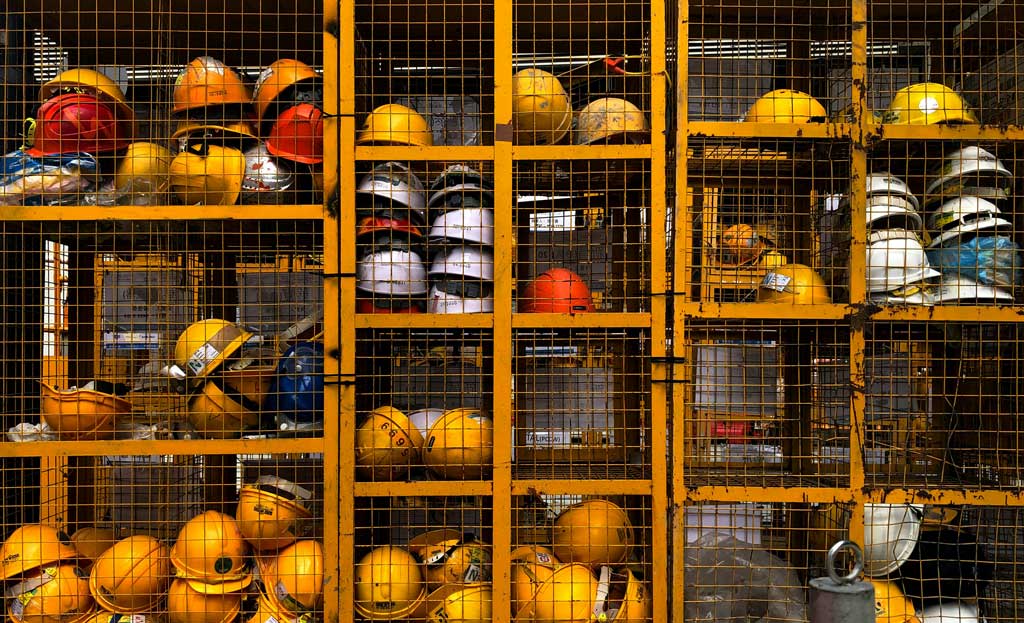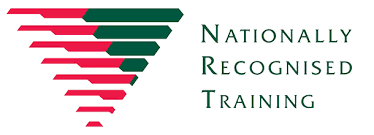Expertise
Our instructors are seasoned professionals with years of experience in the field and understand the environment.

Enhance your firefighting team’s proficiency in hazardous environments with our Firefighting Breathing Apparatus Course, specifically designed for the unique demands of fire services. This on-site program is tailored to suit the rigorous needs of firefighting units, ensuring the training is both relevant and directly applicable to real-world firefighting scenarios.
Conducted within your fire department’s setting, our Firefighting Breathing Apparatus Course provides a realistic and interactive training experience. We emphasize scenarios that firefighters are likely to encounter, ensuring that the skills and techniques taught are not only practical but immediately applicable to frontline duties.
Recognizing the diverse nature and high-stakes environment of firefighting teams, our course underscores the mastery of breathing apparatus use, leadership in high-pressure situations, effective communication, and teamwork under duress. This approach enhances unit cohesion and significantly amplifies the team’s effectiveness in emergency responses.
With scheduling designed to accommodate the demanding nature of firefighting, our training is structured to blend seamlessly with your department’s operational requirements, minimizing impact on essential services. Our program delves into more than just the basics of breathing apparatus use; it focuses on building operational confidence, heightened situational awareness, and strategic emergency response skills, enabling firefighters to safely and effectively navigate hazardous environments.
Choose our Firefighting Breathing Apparatus Course for a comprehensive, impactful approach to enhance your team’s capabilities in using breathing apparatus during firefighting operations. It’s a critical step towards ensuring a well-prepared, proficient firefighting team.
Students who are deemed competent will receive a Statement of Attainment, which is recognised under the Australian Qualifications Framework. This training is nationally recognised:

The RTO responsible under the National Vocational Education and Training Regulator Act 2011 for the quality of the training and assessment being delivered in this course and for the issuance of all AQF certificates is:
Intrinsic Safety trading as Rescue Group Training
RTO No. 45803
Our detailed course outline ensures a thorough grasp of:
We provide a well-rounded assessment process that encompasses both practical tasks and scenarios, as well as written theory assessments, throughout the training. This comprehensive approach ensures a thorough evaluation of your skills and knowledge, allowing you to demonstrate your competency in real-world application and theoretical understanding.
Specific assessment tasks to be undertaken include:
Course Duration & Modes
Each format is tailored to different learning styles and schedules, ensuring effective and efficient Firefighting Breathing Apparatus Training (SCBA).
This course can be delivered/assessed in the workplace or at a facility organised by Rescue Group Training.
Our Firefighting Breathing Apparatus course is crucial for emergency response teams who are the first responders to fire incidents and hazardous environments across various high-risk industries. This specialised training ensures that these teams are fully equipped with the skills and knowledge necessary to safely use respiratory protection equipment in emergency situations. Here’s how this training is particularly relevant to different sectors:
Firefighting and Emergency Services:
Fundamental for teams regularly confronting smoke-filled environments or toxic fumes, preparing them for diverse emergency scenarios.
Oil and Gas Industry:
Our course prepares responders for emergencies in the oil and gas sectors, such as offshore rig fires or refinery gas leaks, where immediate and skilled intervention is critical.
Chemical Manufacturing:
We train responders in handling potential chemical fires or toxic gas exposures, common emergencies in chemical plants.
Mining:
Tailored for responses to underground mining incidents, where fires and hazardous gas leaks like methane and carbon monoxide are prevalent.
Construction:
Emergency teams learn to manage fire incidents in confined spaces or high-risk construction sites through this course.
Utilities (Power Generation and Distribution):
Focused on preparing teams for electrical fire emergencies and hazardous gas situations in utility facilities.
Maritime Industry:
The course equips maritime emergency responders for shipboard and offshore platform fire and gas leak situations.
Aviation Industry:
Airport fire services and emergency teams receive training for aircraft fire incidents and related emergencies.
Military and Defence:
Military personnel are trained to handle fire emergencies and hazardous environments during various operations.
Heavy Manufacturing and Steel Industry:
Responders are prepared for industrial fires and smoke or toxic fume emergencies typical in heavy manufacturing sectors.
Waste Management and Recycling:
Training focuses on equipping teams for fire incidents and hazardous gas exposures in waste treatment facilities.
Automotive Industry:
Prepares responders for fire emergencies in automotive manufacturing plants, where flammable materials heighten fire risks.
Enrolling your team in our Firefighting Breathing Apparatus course is not just a course; it’s an essential investment in the safety and efficacy of emergency response teams across a multitude of high-risk industries. It ensures they are ready to face and effectively manage any fire or hazardous situation they might encounter in these sectors.
For comprehensive details on your rights and responsibilities, including our complaints and appeals process, kindly refer to the Pre-Enrolment Participant Handbook on our website.